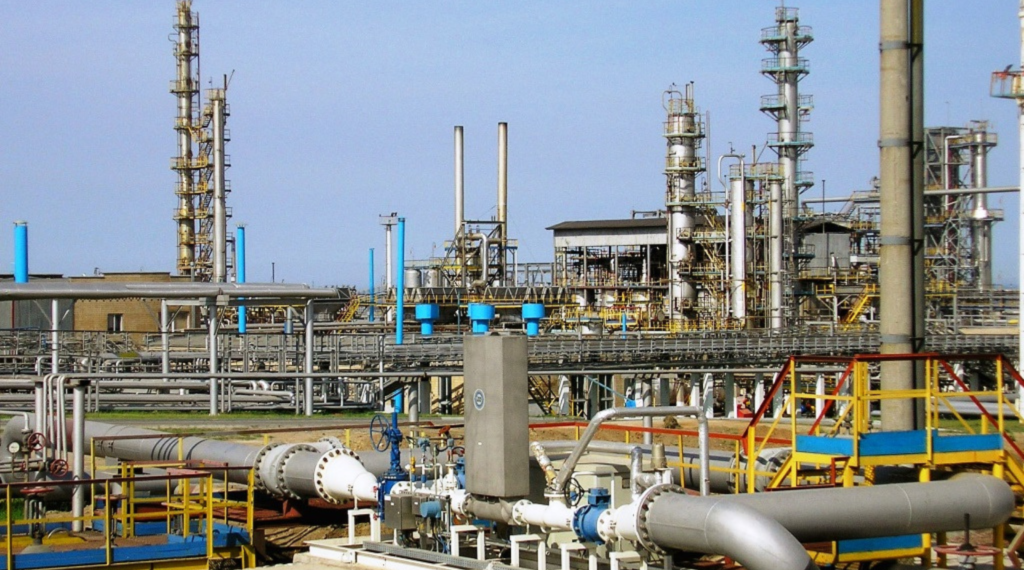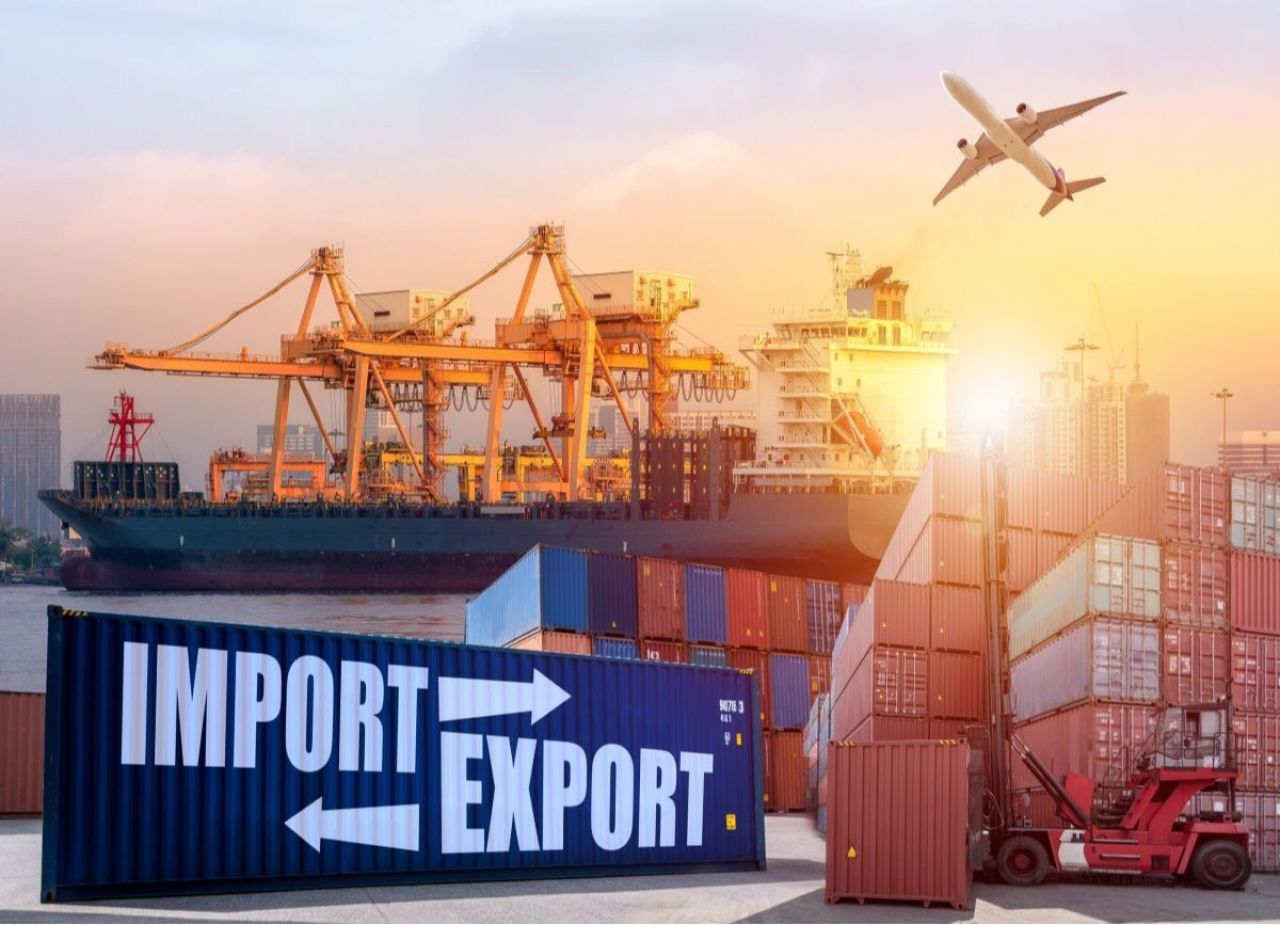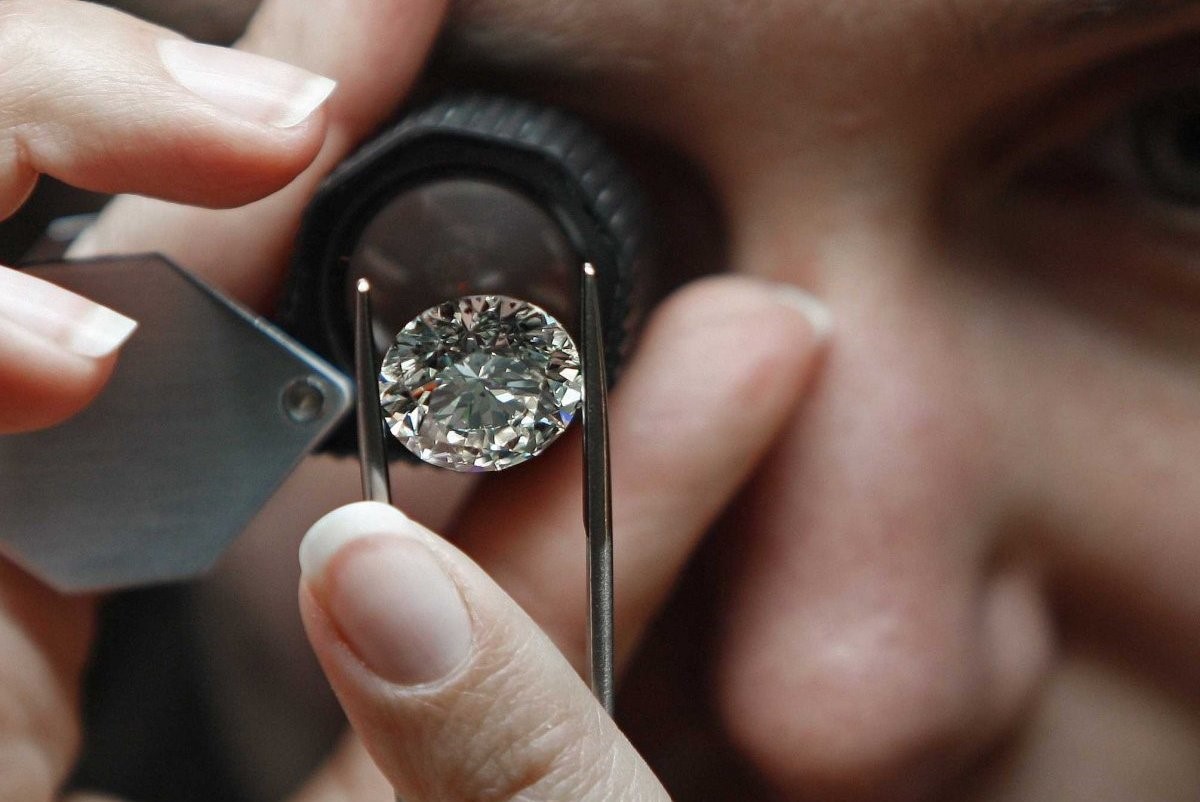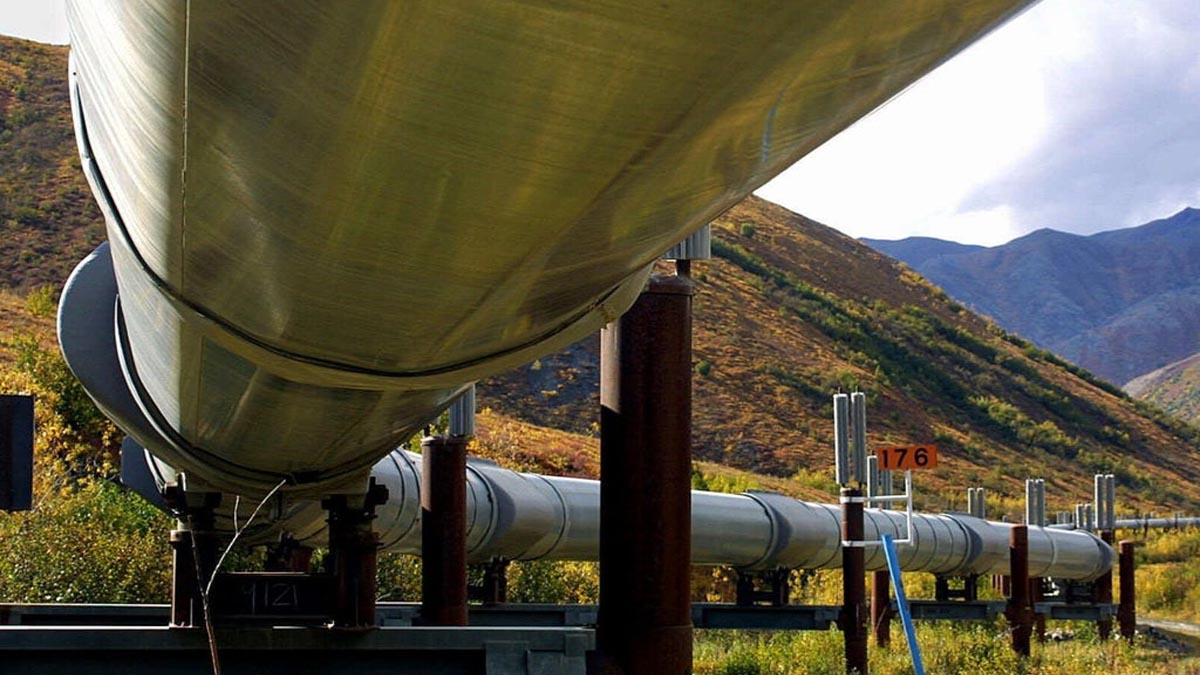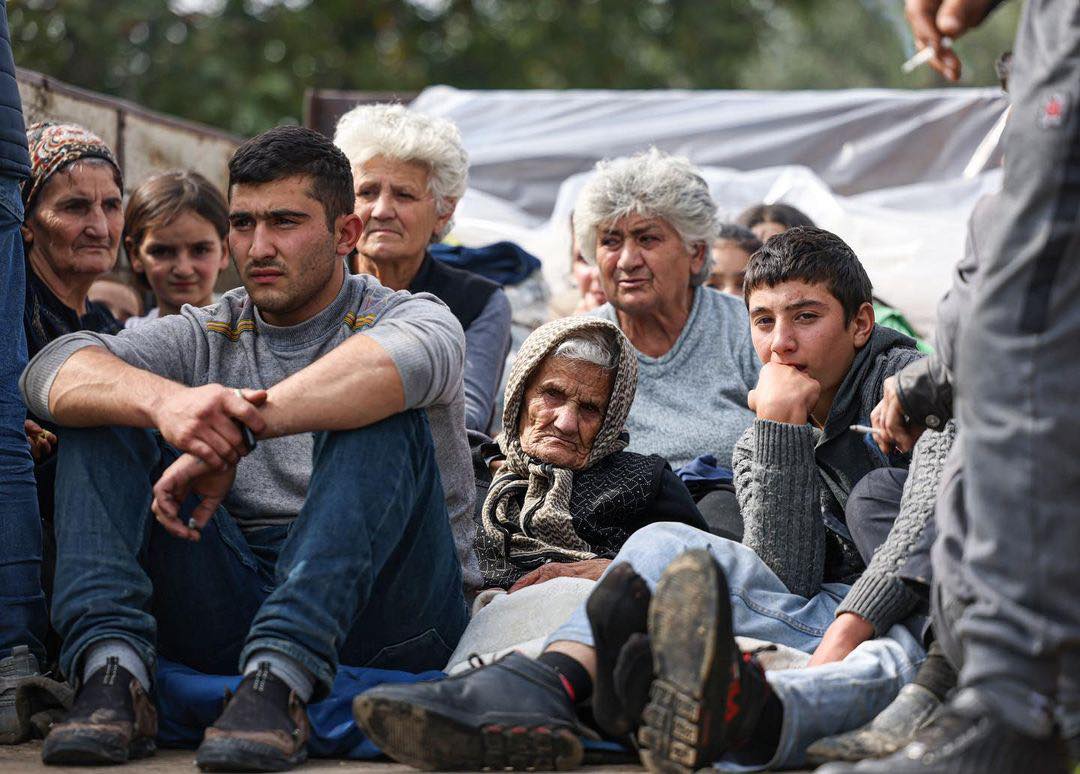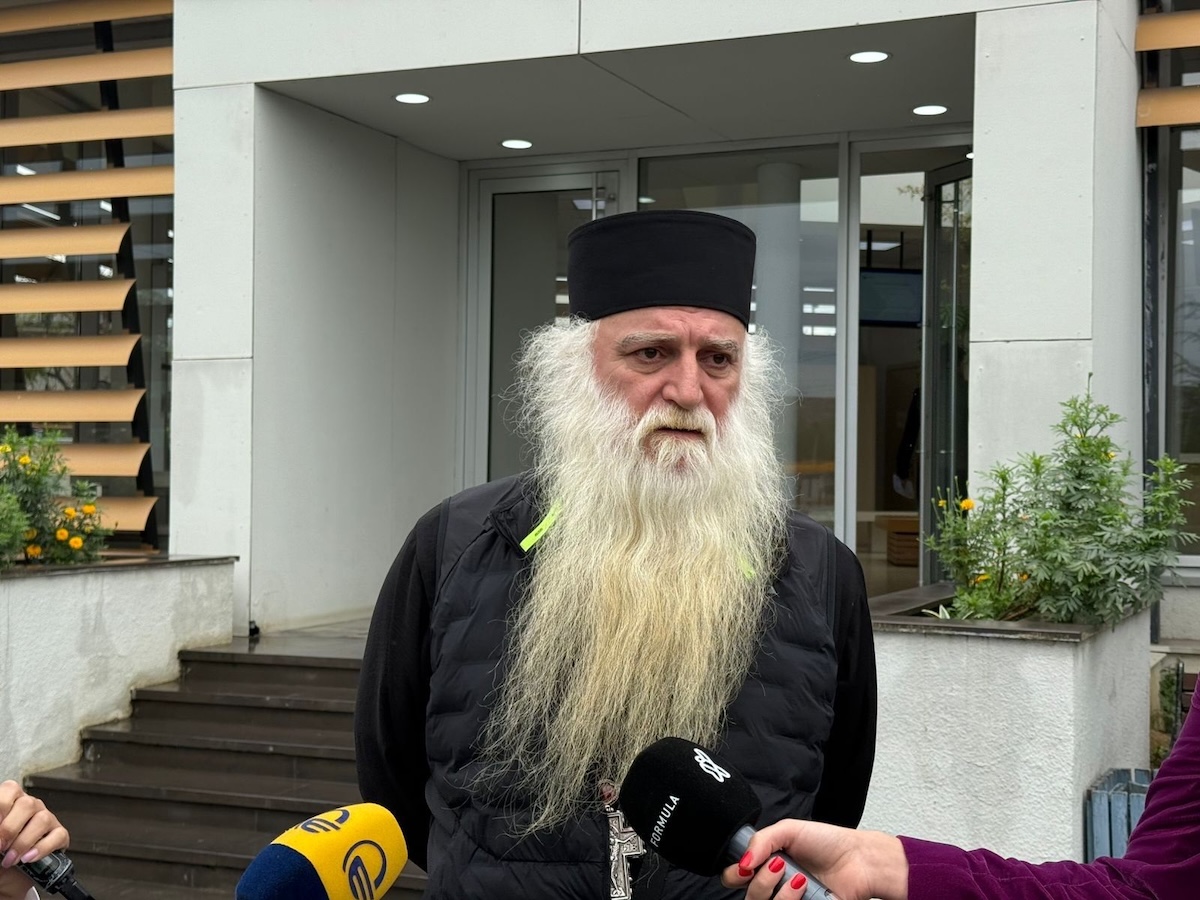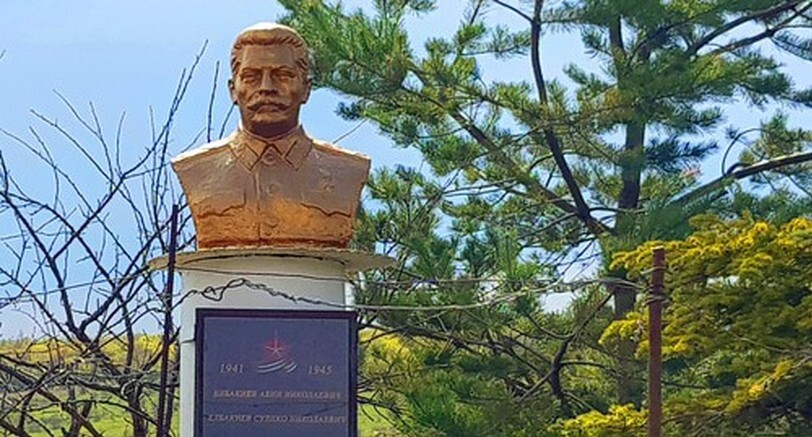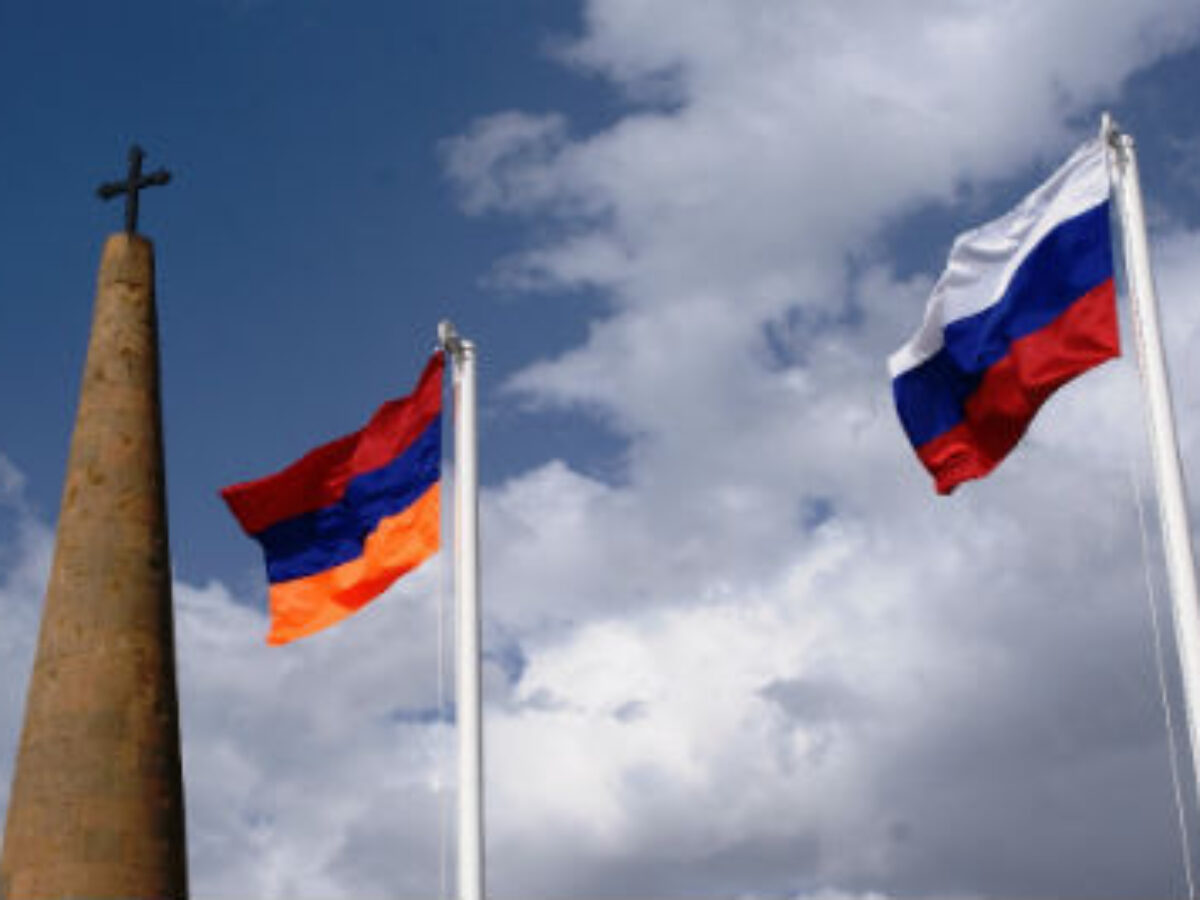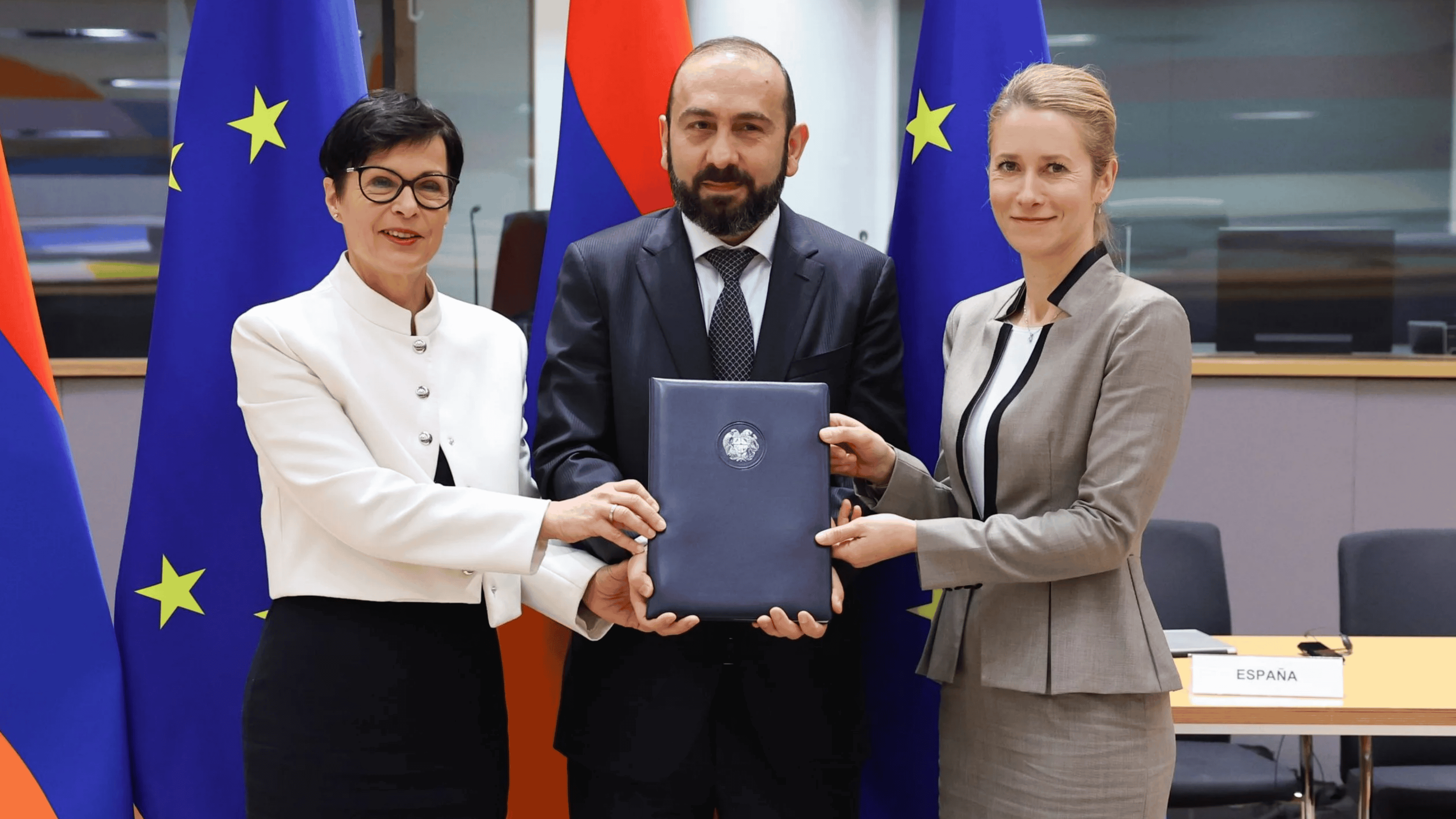'Modernisation is essential for progress': Economist’s proposals to Armenian authorities
Modernisation of Armenia’s economy
In January–February 2025, Armenia’s foreign trade turnover was 52% lower than in the same period the previous year. According to the Statistics Committee, both exports and imports dropped significantly. Industrial output also declined.
At the same time, the economic activity index rose by 4.1%, driven primarily by growth in the services and construction sectors. Economist Armen Ktoyan analyses the current state of Armenia’s economy and offers forecasts and recommendations. In particular, he believes that in the near term, the focus should be on improving the competitiveness of Armenian products in foreign markets.
- Armenia doubles betting duty in fight against gambling addiction
- Georgia-Armenia trade in 2024: Sharp decline amid government optimism
- ‘Armenia faces choice: lead or follow others’ – IT specialist
Decline was not unexpected
When asked whether the drop in Armenia’s foreign trade figures was linked to the fall in re-export of Russian gold, Armen Ktoyan replied:
“The gold re-export factor is indeed relevant, but not solely in the context of the Russia–Ukraine war. It has a significant impact on the figures for both Armenia’s foreign and domestic trade, as well as on specific industrial sectors. Essentially, we are seeing low or even negative growth across all sectors directly or indirectly tied to precious metal operations and trade.”
According to the economist, the decline in export and import volumes was no surprise. A significant downturn had already been anticipated during discussions around the 2025 state budget.
Ktoyan noted that a similar trend was observed in January–February of the previous year. Export figures were high only for precious metals, while no growth was seen in other categories:
“In the case of imports, the situation was similar. Volumes were even lower than current import figures for precious metals. In the first two months of last year, growth in manufacturing and basic metal production was equally sluggish.”
He added that industrial growth in 2024 had been driven largely by metal production — with gold playing a major role.
“Double-digit growth in trade was driven by wholesale trade, where gold again held a major share. Now we’re seeing a downturn in all of these areas — manufacturing, exports and imports. There is some moderate growth in wholesale trade,” he said.
“Shock effect will diminish”
The expert describes the impact of the ongoing Russia–Ukraine war on Armenia’s economy as a “shock effect,” noting that even if it initially brought some positive outcomes, it may eventually turn negative.
“The impact of the shock on Armenia’s economy will gradually decrease. Economic growth will return to its potential level,” he believes.
Armen Ktoyan is confident that while the Russia–Ukraine war will continue to affect Armenia’s economy, the influence will be less pronounced:
“The scale of impact won’t be what it was during the early months of the conflict or the first year and a half.”
At the same time, he emphasises that the war has also negatively affected Armenia’s traditional areas of economic activity. For example, as a result of the war and sanctions imposed on Russia, the Russian rouble has depreciated — making the Russian market less attractive for Armenia. Consequently, exports of certain traditional goods to Russia have declined, although the economist did not specify which products were affected.
Services and construction helped sustain economic activity
In January–February 2025, the services sector (excluding trade) grew by 12.4%, while construction rose by 12.2%. These two sectors played a key role in maintaining overall economic activity.
As for the impact of the Russia–Ukraine war on Armenia, the expert notes that it goes beyond re-export. It is also reflected in the economic activity of Russian relocants who have settled in Armenia, as well as in the demand they generate, particularly in the services sector.
“At the same time, we must also acknowledge that Armenia’s economy has its own potential and capacity for growth — and that factor is also playing a role,” he stressed.
Overarching goal — boosting competitiveness
The expert believes that Armenia’s overarching goal should be the modernisation of its economy and an increase in competitiveness:
“If such a strategy is developed and consistently implemented, the economic indicators will follow.”
Ktoyan argues that certain steps and measures are essential for a qualitative breakthrough and economic progress:
- investment,
- modernisation,
- upskilling of human capital,
- and expansion of physical capital.
However, he sees little effort being made in this direction:
“We need to move beyond this sense of complacency and try to understand which resources are underutilised or inefficiently used — and what needs to be done to use them more productively.”










